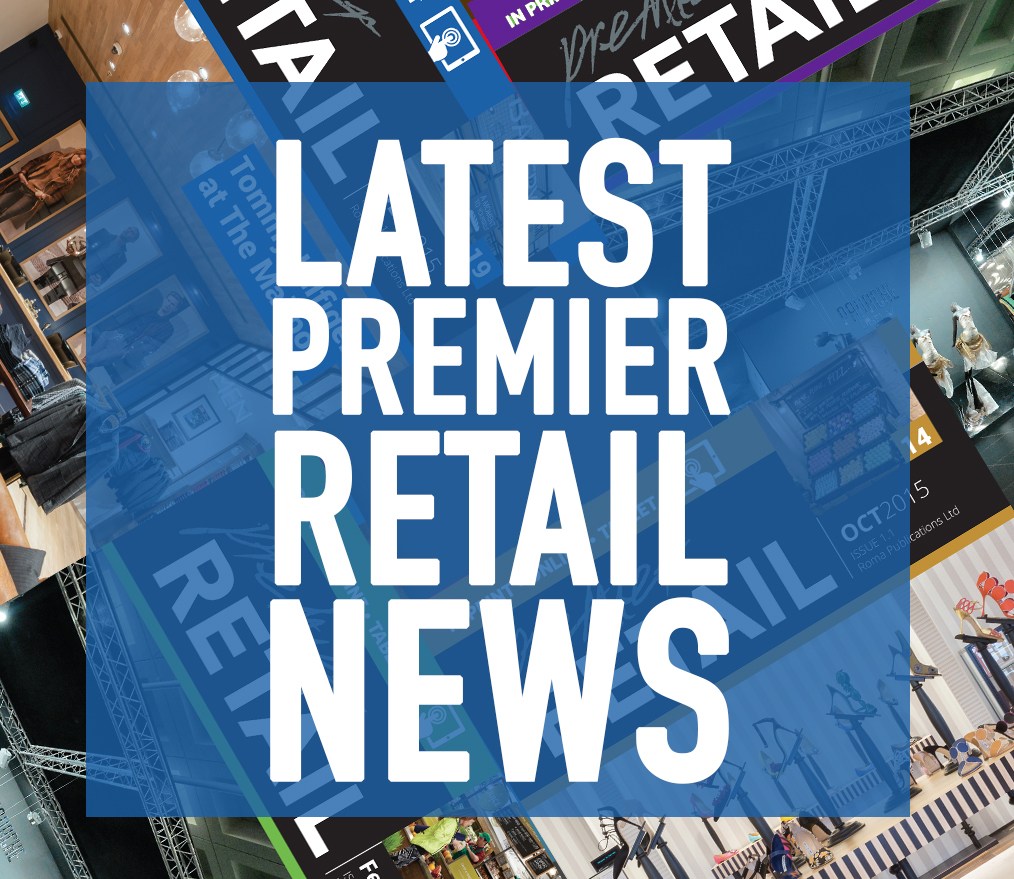Retail and hospitality hot trends for the year ahead
Text by Paul Leybourne, Head of Sales at Vodat International
The technological revolution shaking up both the retail and hospitality sectors isn’t likely to slow down in 2019. If anything, change will crank up a gear as companies fully embed and refine their digital transformation strategies, and master technology to improve the customer proposition across all channels. Here’s a summary of the key trends to look out for:
Robotics on the march
Robotics and artificial intelligence are already being factored into the retail and hospitality workforce, and this trend is set to accelerate in 2019. Speaking at World Retail Congress in April 2018, Chinese etail giant JD.com’s chief executive Richard Liu gave an extreme prediction, saying: “Sooner or later, our entire industry will be operated by AI and robots, not humans.”
Thankfully, the stats being bandied about suggest a gradual – and certainly not total – adoption of robotics. It’s estimated that four million jobs in the British private sector could be replaced by robots in the next decade, which amounts to 15% of the current workforce, suggests the recent YouGov poll for the Royal Society of Arts.
That said, automation of human tasks is a global phenomenon, with the latest robotics technology being developed in Japan, China and the USA. Amazon has 100,000 robots working across its warehouses and in China etail giant JD.com has developed 15 highly automated warehouses. In the UK, grocery ecommerce and technology provider Ocado has well-established robotic product-picking systems, which reportedly fulfil hundreds of thousands of orders a week, with 98.9% accuracy.
Robotics is likely to be used in-store for stock replenishment or to help with product information, cashless payment, click-and-collect services, and to fill shoppers’ baskets. Fashion and general merchandise retailers are working with tech providers to introduce more self-service elements in stores, playing catch-up with the grocery sector. In the hospitality sector there is scope for robotics for hotel check-in and check-out functionality, and for concierge, room service and booking requirements.
VR becomes a marketing star
Augmented and virtual reality will create a whole host of new immersive in-store experiences in 2019, experts are predicting, which fits neatly with the consumer thirst for something different, personalised and engaging in stores. We’ve already seen Zara using augmented reality mannequins so that shoppers can interact with product via their smartphone, while Ikea launched a new augmented reality app where shoppers can use their phone camera to transpose furniture items into their home. Amazon is also now using augmented reality on its phone app.
In 2019 bricks-and-clicks retailers are expected to use this technology more proactively, to bring marketing and VIP experiences to life, with the aim of building lasting and lucrative relationships with customers. Store portfolios will need to have the network capability, strong Wi-Fi and data protection compliance to link in-store devices (customer phones, employee tablets) with back-end systems and CRM data, to ensure a joined-up approach to these fast-developing marketing techniques.
In the hospitality sector, Marriott Hotels has already explored VR as a loyalty-building tool, with impressive results. The hotel group placed virtual reality headsets in their hotel rooms, which allowed users to experience traveling to different locations. From their hotel room in LA, for instance, they could ‘travel’ to the Andes Mountains, or explore the streets of Beijing.
Feedback on the campaign found that 51% of customers who used the VR experience said they wanted to stay at Marriott hotels more often. Again, reliable and robust connectivity on site will be of paramount importance as ideas like this are brought to life in hotels and restaurants around the world.
Proliferation of Pop-ups
Pop-up stores are poised to become another channel option in the portfolio of customer engagement channels for retailers. This means that strategy, processes, people, and on-site technology – however temporary – will be needed to support dynamic pop-up locations.
We’ve seen foodie pop-ups, luxury brand pop-ups, Nike using them to launch new footwear ranges. Often they are tied to key events. For instance beauty brand L’Oréal China opened a network of temporary stores that were promoted during Single’s Day (November 11th), where shoppers engaged with augmented reality try-on mirrors. Amazon is very keen on pop-ups and has used them for Black Friday extravaganzas, stirring up shopper interest, and making the world wonder when the web giant will bite the bullet, and commit to a chain of permanent stores.
Funky budget formats
With economic challenges dominating the global agenda, consumers will be tightening their purse strings in 2019. That means there is scope for more budget formats. Tesco’s value grocery proposition, called Jack, arrived in 2018, but the expectation is that quirky budget formats beyond the food sector will be the order of the day. With many value and mid-market fashion retail brands disappearing from the high street, there is room for newcomers with fun, fresh, exhilarating ideas and irresistible prices.
In the hotel sector, there is a growing trend for capsule hotels that offer real value for money. A good example of offering budget accommodation with a twist is Switzerland’s Capsule Hotel Lucerne. This has air conditioned capsule rooms from €42.16 per night. Each lockable capsule contains linen, bedding, a safe, mirror, dimmable mood lighting, ventilation, high-speed internet and a socket and USB charging station. Watch this space for fun new formats that will meet the needs of travellers and tourists on a budget.

